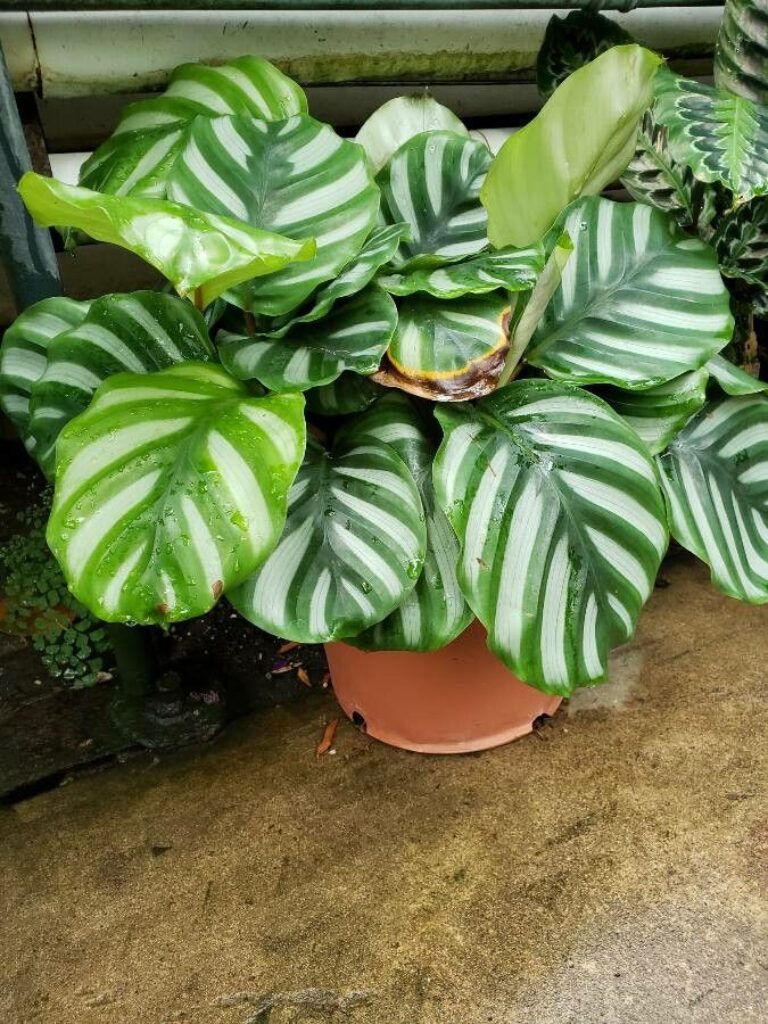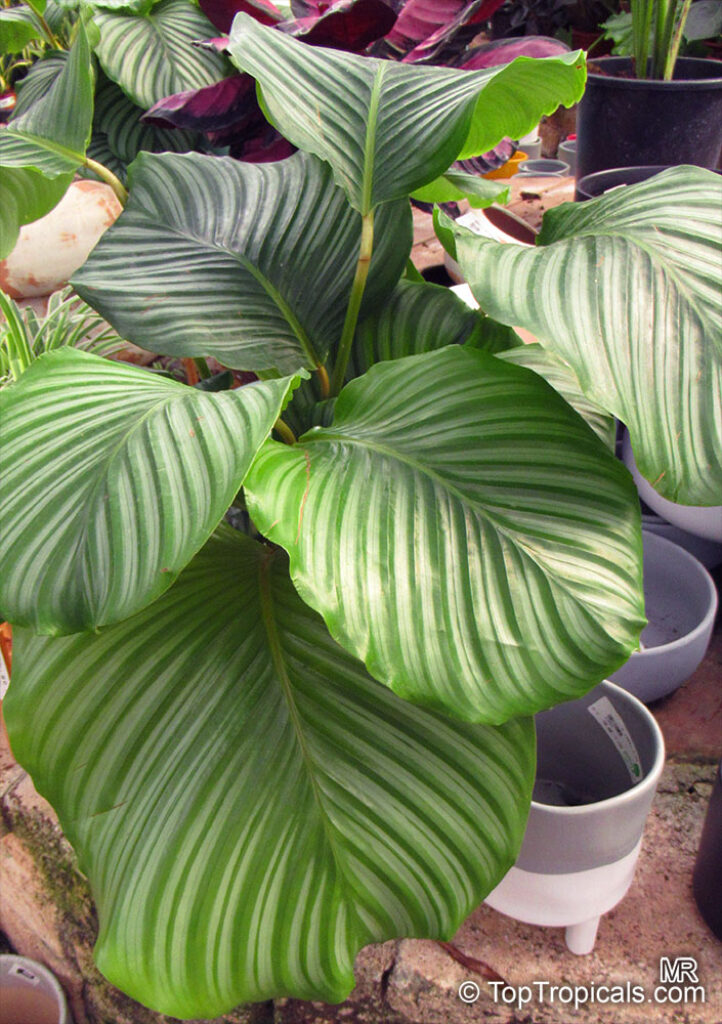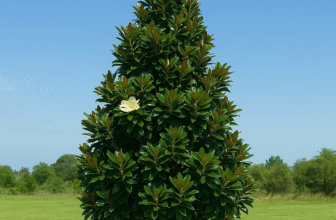If you own a Calathea in Australia, you’ve probably admired its bold stripes and patterned foliage. But what happens when those lush green leaves start turning yellow? It can be frustrating — especially if you’ve been watering and caring for your plant with love.
The truth is, Calathea yellow leaves in Australia are more common than you think. Whether you’re keeping one in your Sydney apartment, a Melbourne office, or a shaded spot in Brisbane, certain conditions can quickly upset this sensitive plant.
In this guide, we’ll cover:
- Why do Calathea leaves turn yellow?
- The top problems that cause it.
- Step-by-step fixes for Australian conditions.
- Tips to keep your Calathea thriving long-term.
Why Do Calathea Leaves Turn Yellow?
Yellowing leaves, or chlorosis, happen when the plant loses its chlorophyll (the pigment that makes leaves green). Without chlorophyll, your Calathea can’t photosynthesise properly, and the leaves fade to pale green or yellow.
The challenge is: yellowing is a symptom, not a diagnosis. It can be caused by many things — from water stress to pests. The key is spotting the pattern of yellowing and linking it to the right cause.

The Top 5 Reasons for Calathea Yellow Leaves in Australia
Let’s look at the most common causes of yellowing in Calatheas, with solutions tailored for Aussie homes and offices.
1. Overwatering or Poor Drainage
This is the number one cause of yellow leaves. Calatheas like moisture, but they hate sitting in soggy soil. In Australia’s warm climate, it’s easy to overwater — especially if the plant is in a decorative pot without drainage.
Signs:
- Yellowing leaves starting from the bottom.
- Soil feels wet or smells musty.
- In severe cases, stems may droop (root rot).
Fix:
- Use a pot with drainage holes.
- Water only when the top 2–3 cm of soil feels dry.
- In humid cities like Brisbane or Darwin, water less frequently.
- If root rot is suspected, repot with fresh, well-draining mix.
2. Underwatering
On the other hand, not giving enough water can also trigger yellow leaves. This often happens in hot Australian summers when soil dries out faster than expected.
Signs:
- Crispy edges with yellowing between veins.
- Leaves curl inward before fading.
- Soil feels bone dry.
Fix:
- Check soil twice a week in summer.
- Water thoroughly until excess drains out.
- Mulch the top of indoor pots (like coconut coir) to retain moisture.
3. Low Humidity
Australia’s climate is often drier indoors due to heating, cooling, or general lack of humidity. Calathea originates from tropical rainforests, so dry air stresses it out, causing yellow edges and browning tips.
Fix:
- Place a humidifier nearby.
- Group plants together to raise humidity.
- Mist lightly in the morning (but avoid constant wet leaves).
- Bathrooms with filtered light are excellent Calathea spots.
4. Lighting Issues
Calatheas don’t like direct Aussie sunlight. Harsh rays, especially through north-facing windows, scorch the leaves, turning them yellow with brown patches.
Fix:
- Move the plant to bright, indirect light.
- East-facing windows are best in Sydney, Melbourne, and Perth.
- If light is too low, supplement with a grow light.
5. Nutrient Deficiency
If your Calathea hasn’t been fed in months, yellowing could mean a lack of nutrients — particularly nitrogen, magnesium, or iron.
Fix:
- Use a balanced liquid fertiliser once a month in spring and summer.
- In Australia, look for indoor plant foods labelled for “foliage plants.”
- Flush soil every few months to prevent fertiliser salt build-up.
Other Problems That Cause Yellowing in Calathea
Apart from the big five, there are other issues Australians face:
- Temperature Stress – Cold drafts in winter (especially in Melbourne) can shock the plant. Keep it between 18–27°C.
- Pests – Spider mites, mealybugs, and aphids thrive in warm Aussie homes. They suck sap, leaving mottled yellow leaves.
- Natural Ageing – Older leaves naturally yellow before dying. Trim them off to encourage fresh growth.
How Many Problems Do Calatheas Have Altogether?
When you break it down, Calathea yellowing can come from:
- Overwatering
- Underwatering
- Poor drainage
- Low humidity
- Too much light
- Too little light
- Nutrient deficiencies
- Pest infestations
- Temperature stress
- Natural ageing
That’s 10 major reasons why your Calathea might show yellow leaves in Australia.
Step-by-Step Troubleshooting Guide
If you’re unsure of the cause, use this quick checklist:
- Check the soil: Wet or dry?
- Look at the pattern: Bottom leaves yellowing = water issue. Spots or mottling = pests.
- Check the air: Is your room dry (especially in winter)?
- Assess the light: Direct sun or dim corner?
- Fertilise history: When was the last feed?
By going step by step, you’ll narrow down the culprit.

Why Are Calatheas Popular in Australia?
Despite being a little fussy, Calatheas remain one of the top indoor plants for Australians. Their striking patterned leaves add life to offices, apartments, and homes. They also thrive in indirect light — perfect for Aussie spaces that don’t get much sun indoors.
Some popular varieties in Australia include:
- Calathea orbifolia (large, round leaves with silver stripes).
- Calathea lancifolia (Rattlesnake Plant).
- Calathea roseopicta (bright pink patterns).
Long-Term Care Tips for Calathea in Australia
- Keep soil evenly moist, never soggy.
- Use filtered water if your tap water is hard (common in Perth and Adelaide).
- Boost humidity with trays of pebbles and water.
- Rotate the pot monthly for even growth.
- Wipe leaves gently with a damp cloth to remove dust.
Real-Life Example: Calathea in a Melbourne Apartment
A friend of mine in Melbourne kept her Calathea in the kitchen under direct sun. Within weeks, the leaves yellowed and curled. She thought it was water stress, but the real culprit was too much light. After moving it to a bright corner away from direct sun, and giving it filtered water, new growth appeared in just a month.
Final Thoughts
Yellow leaves on your Calathea don’t mean you’re a bad plant parent. It simply means something in the environment needs tweaking.
By checking water, light, humidity, and nutrition — and remembering Australia’s varied climates — you’ll bring your Calathea back to life.
So next time you spot yellow leaves, take a breath, run through the checklist, and give your plant the TLC it needs..
FAQs on Calathea Yellow Leaves in Australia
Q: Should I cut off yellow Calathea leaves?
Yes — once a leaf is yellow, it won’t turn green again. Snip it off to encourage fresh growth.
Q: Can tap water cause Calathea yellow leaves in Australia?
Absolutely. Many Aussie cities add fluoride and chlorine, which Calatheas dislike. Rainwater is best.
Q: How often should I water my Calathea in summer?
Usually once or twice a week, depending on your city’s climate. In Brisbane’s humidity, less often. In Perth’s dry heat, more often.
Q: Do Calatheas grow well in offices?
Yes, especially in Sydney and Melbourne offices with good filtered light. Just avoid air-con blasts.Real-Life Example: Calathea in a Melbourne Apartment
A friend of mine in Melbourne kept her Calathea in the kitchen under direct sun. Within weeks, the leaves yellowed and curled. She thought it was water stress, but the real culprit was too much light. After moving it to a bright corner away from direct sun, and giving it filtered water, new growth appeared in just a month.
References
- Gardening Australia – Indoor Plant Care
- The Spruce – Why Houseplant Leaves Turn Yellow
- Better Homes and Gardens Australia – Indoor plant tips





